By Laura J. Nelson
The second of a two-part series on the services provided by Homeless Healthcare Los Angeles.
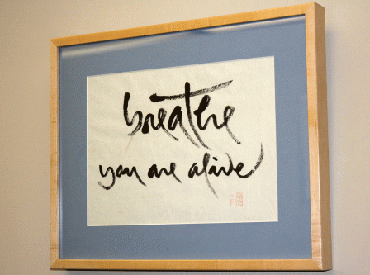 The gravelly squeak of a shopping cart’s wheels against the cracked sidewalks of Skid Row pierces the hot silence of a March day in Los Angeles. In the middle of the handful of streets called the epicenter of the Los Angeles homelessness epidemic, only a handful of cars pass by, and no pedestrians.
The gravelly squeak of a shopping cart’s wheels against the cracked sidewalks of Skid Row pierces the hot silence of a March day in Los Angeles. In the middle of the handful of streets called the epicenter of the Los Angeles homelessness epidemic, only a handful of cars pass by, and no pedestrians.
Inside the Center for Harm Reduction a block away, it’s even quieter.
The building, next to the Los Angeles Needle Exchange, houses an array of programs designed by non-profit Homeless Healthcare Los Angeles to help the homeless cope and adjust to their new lifestyles once they’re off the streets.
“We see people on the streets at the Beverly building, we meet people coping with drug issues at the Needle Exchange, and here, we’ve progressed to people who are in the aftermath of all that turmoil,” said Delia Mojarro, the Community Assessment Service Center director for HHCLA. “We saw this program as a missing piece to all the services that we offer.”
On opening day at the end of March, almost no one came in. But in the two months since CHR’s annex opened, more than 15 people have begun working with a case manager. Once the center is in full swing, case managers predict a load of more than 100 clients.









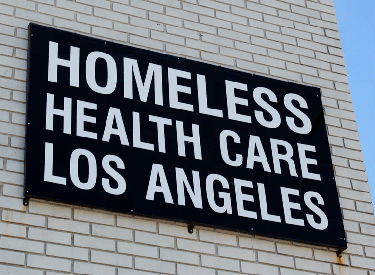 The clients who walk through the doors of Homeless Healthcare Los Angeles share many of the same stories: homeless, jobless, struggling with addictions, estranged from family or friends who could support them through addictions and medical crises.
The clients who walk through the doors of Homeless Healthcare Los Angeles share many of the same stories: homeless, jobless, struggling with addictions, estranged from family or friends who could support them through addictions and medical crises.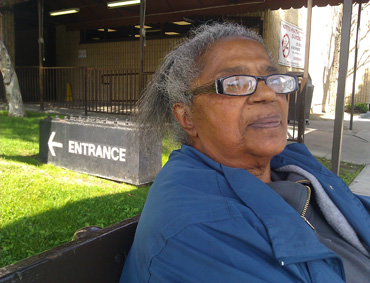 Mamie Stamps lives in a little blue house in Watts. Her 17 grandchildren call her Bear in the Big Blue House, after their favorite cartoon. The inside is cramped; framed pictures of her family plaster the room like wallpaper. Stamps lives alone here. Her kids have grown and moved out; her husband died in 1992.
Mamie Stamps lives in a little blue house in Watts. Her 17 grandchildren call her Bear in the Big Blue House, after their favorite cartoon. The inside is cramped; framed pictures of her family plaster the room like wallpaper. Stamps lives alone here. Her kids have grown and moved out; her husband died in 1992.  The law was signed by Obama one year ago and will be phased in over a span of three years. For Nina Sharky, the act brought about a change in heath care coverage, but it wasn’t one she’d hoped for.
The law was signed by Obama one year ago and will be phased in over a span of three years. For Nina Sharky, the act brought about a change in heath care coverage, but it wasn’t one she’d hoped for.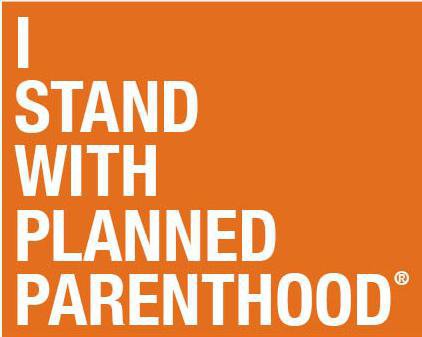 Lately, the sound of galloping hooves and rustling white sheets has risen in a deafening squall from the Capitol. Like their Klan ancestors, elite white males in Congress’ political lynch mob are once again savaging communities of color. The House’s vote to gut Planned Parenthood is a criminal act against poor and working class women and their families. In many rural and urban neighborhoods there are few affordable alternatives to the health care provided by Planned Parenthood and other reproductive rights service providers. These clinics are the frontline of preventive care in poor working class white communities and communities of color, providing pregnancy and STD testing, contraception, pap smears, abortions, and counseling for families with little to no health coverage.
Lately, the sound of galloping hooves and rustling white sheets has risen in a deafening squall from the Capitol. Like their Klan ancestors, elite white males in Congress’ political lynch mob are once again savaging communities of color. The House’s vote to gut Planned Parenthood is a criminal act against poor and working class women and their families. In many rural and urban neighborhoods there are few affordable alternatives to the health care provided by Planned Parenthood and other reproductive rights service providers. These clinics are the frontline of preventive care in poor working class white communities and communities of color, providing pregnancy and STD testing, contraception, pap smears, abortions, and counseling for families with little to no health coverage.
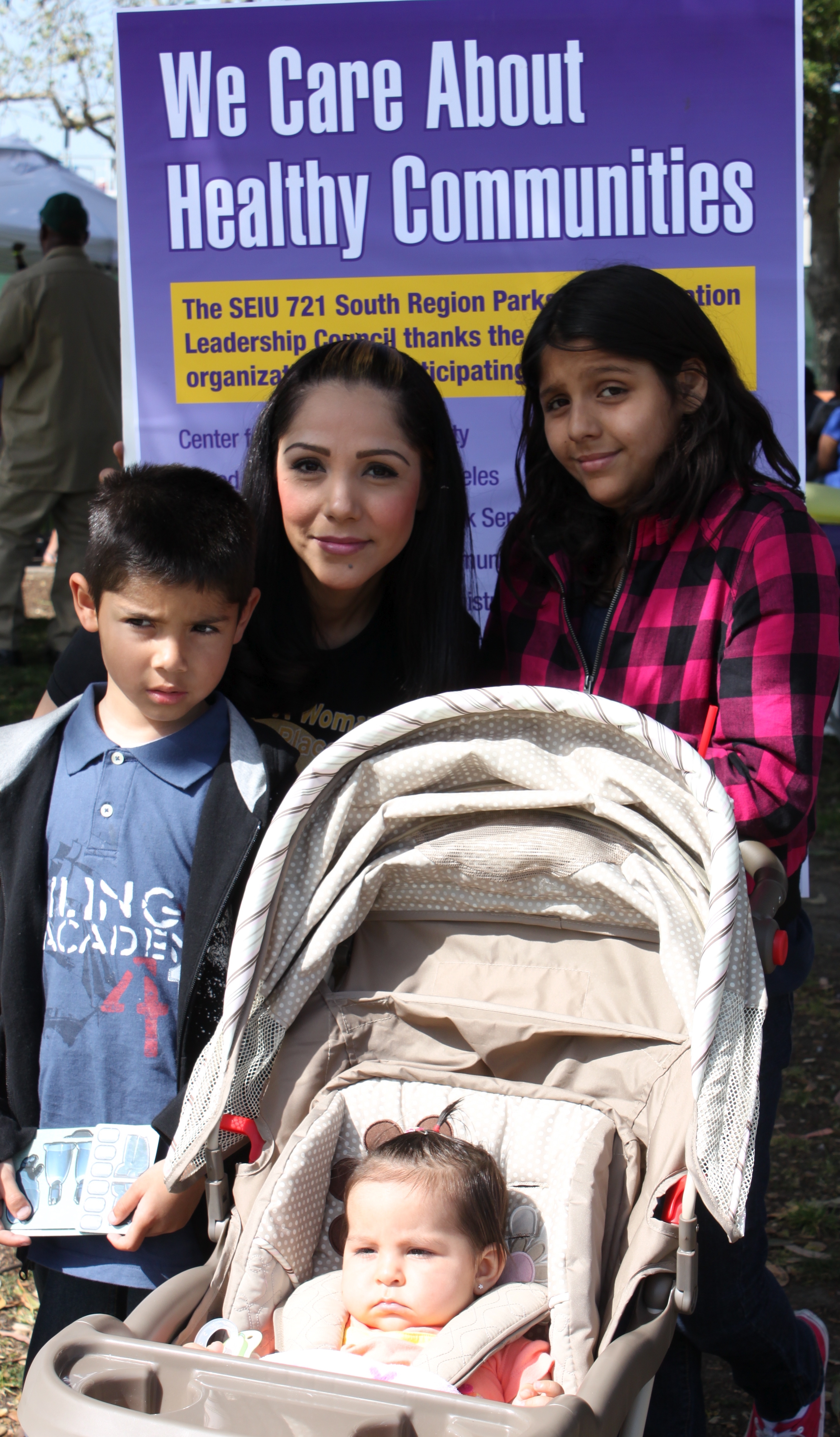 Leticia Rodriquez, a nutrition assistant with the Watts Health Care Corporation and SEIU 721 member with her three children.
Leticia Rodriquez, a nutrition assistant with the Watts Health Care Corporation and SEIU 721 member with her three children.




